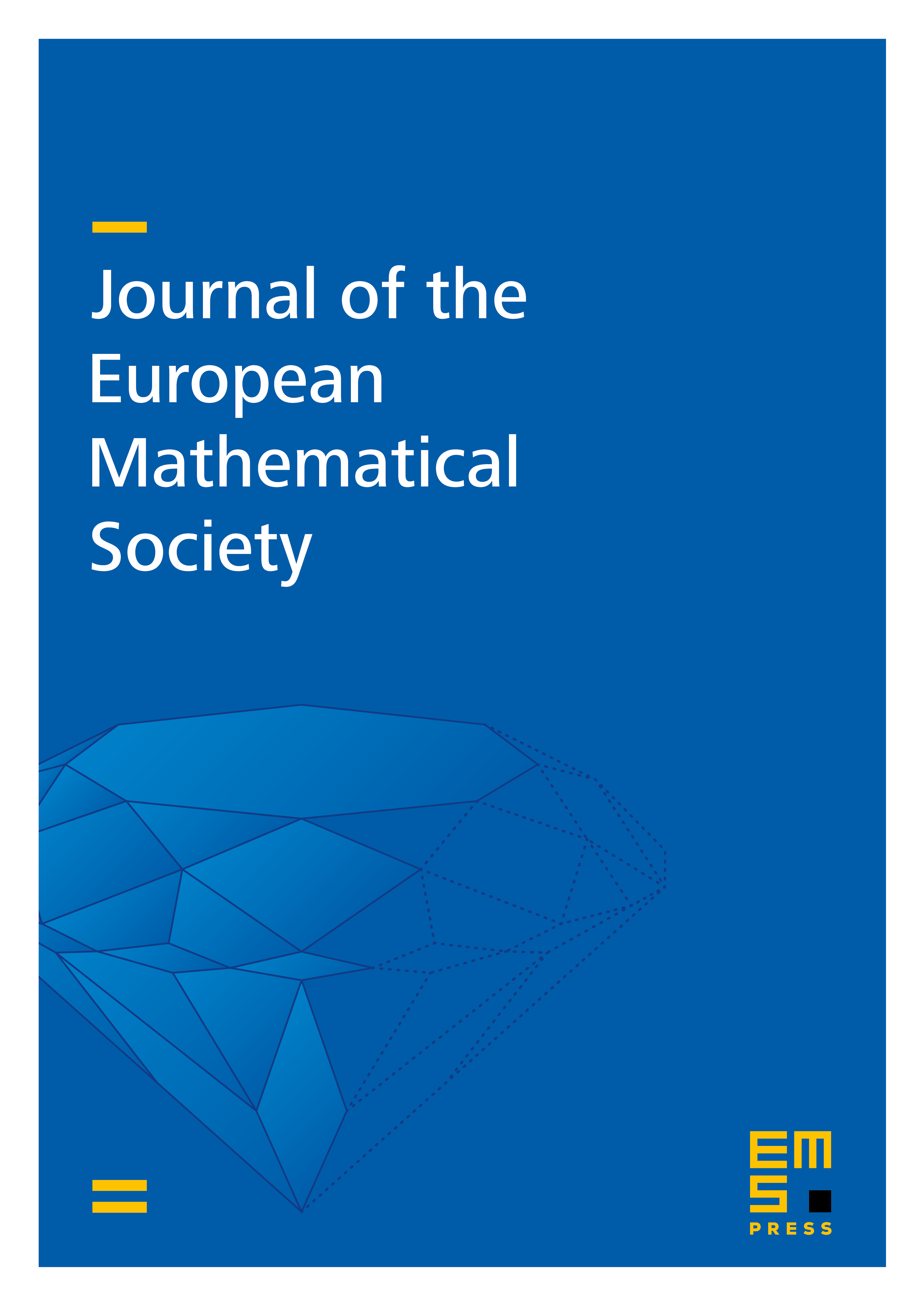Effective Sato–Tate conjecture for abelian varieties and applications
Alina Bucur
University of California San Diego, La Jolla, USAFrancesc Fité
Universitat de Barcelona, SpainKiran S. Kedlaya
University of California San Diego, La Jolla, USA

Abstract
From the generalized Riemann hypothesis for motivic -functions, we derive an effective version of the Sato–Tate conjecture for an abelian variety defined over a number field with connected Sato–Tate group. By effective we mean that we give an upper bound on the error term in the count predicted by the Sato–Tate measure that only depends on certain invariants of . We discuss three applications of this conditional result. First, for an abelian variety defined over , we consider a variant of Linnik’s problem for abelian varieties that asks for an upper bound on the least norm of a prime whose normalized Frobenius trace lies in a given interval. Second, for an elliptic curve defined over with complex multiplication, we determine (up to multiplication by a nonzero constant) the asymptotic number of primes whose Frobenius traces attain the integral part of the Hasse–Weil bound. Third, for a pair of abelian varieties and defined over with no common factors up to -isogeny, we find an upper bound on the least norm of a prime at which the respective Frobenius traces of and have opposite sign.
Cite this article
Alina Bucur, Francesc Fité, Kiran S. Kedlaya, Effective Sato–Tate conjecture for abelian varieties and applications. J. Eur. Math. Soc. 26 (2024), no. 5, pp. 1713–1746
DOI 10.4171/JEMS/1443